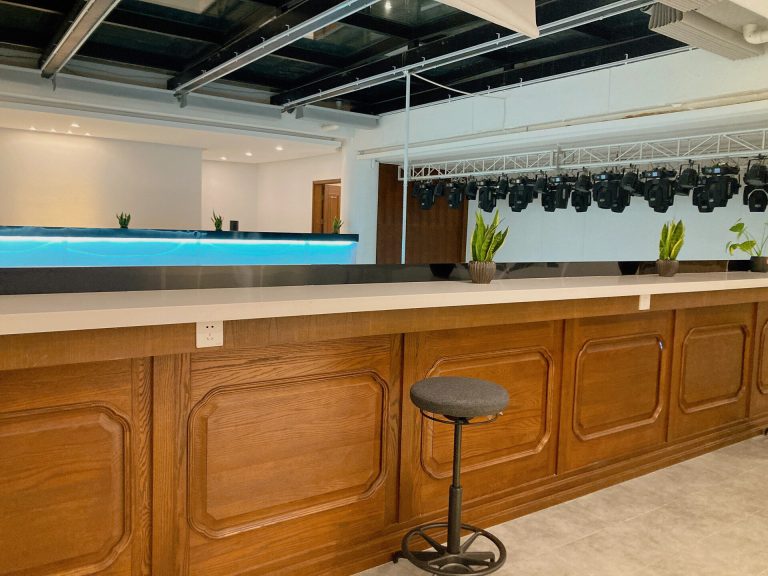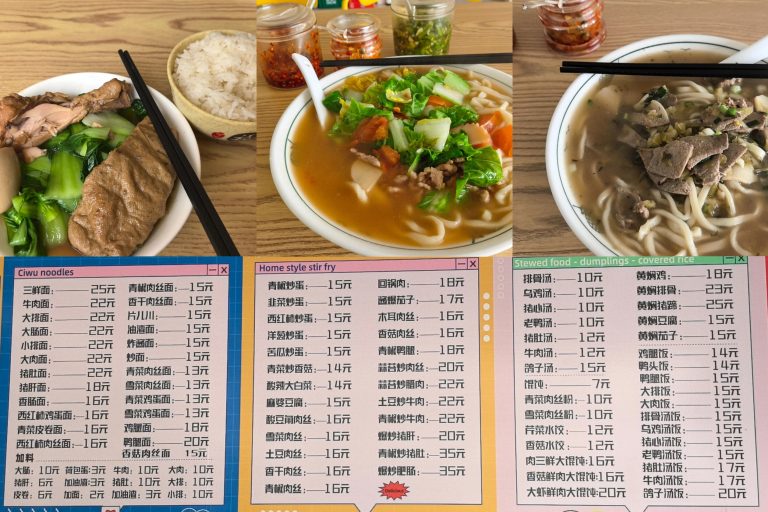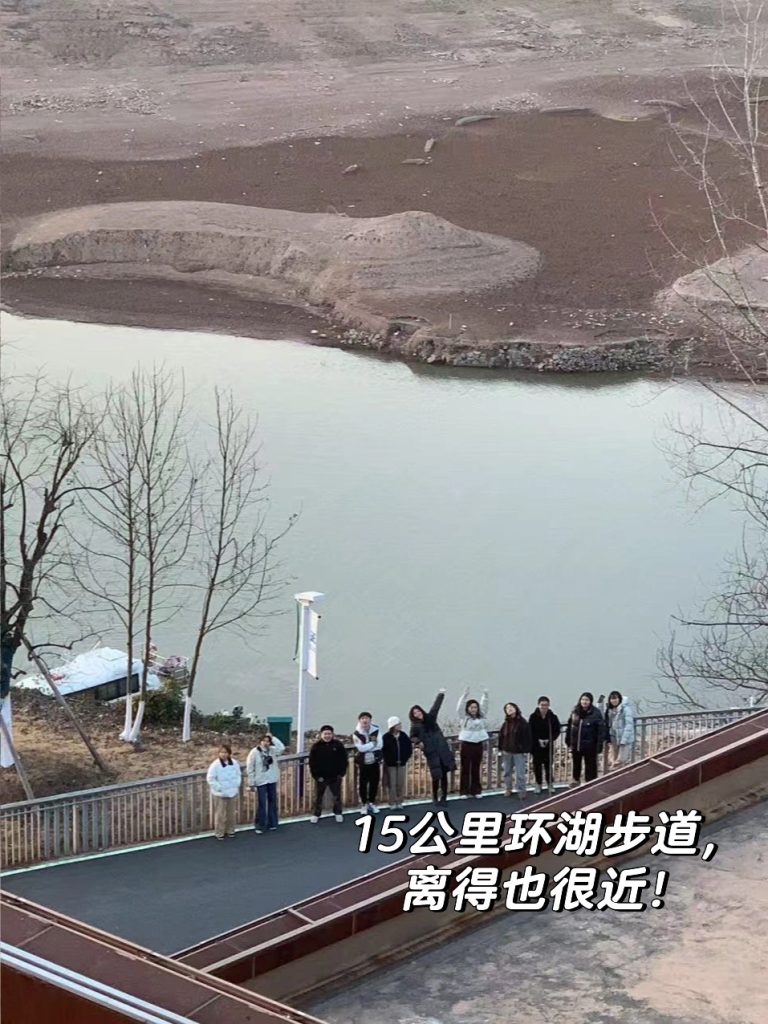When I first heard about Zhejiang digital nomad opportunities, I’ll admit I was skeptical. China? For remote work? But after 14 life-changing days exploring this eastern Chinese province, I’m convinced Zhejiang might just be Asia’s best-kept secret for location-independent professionals. From bamboo forest coworking spaces to $3 noodle lunches and vibrant expat communities, this is my complete diary of an eye-opening Zhejiang digital nomad experience that cost me less than $800 total!
Why Choose Zhejiang for Your Digital Nomad Journey?
Before we dive into my day-by-day experiences, let’s address why Zhejiang digital nomad hubs are gaining international attention:
- Unbeatable Value: My private room in a shared villa cost just $150/month
- Fast Internet: Consistently got 100+ Mbps speeds even in rural areas
- Visa-Friendly: Many nomads use tourist visas or the new digital nomad visa
- Nature Meets Tech: Work surrounded by tea fields one day, in modern coworking spaces the next
- Growing Community: Met nomads from 15+ countries during my stay
My journey focused on three main hubs: Anji DNA Digital Nomad Community, Lishui’s 52 Hertz Community, and Hangzhou’s Q Space. Each offered unique advantages that I’ll break down in detail.
Zhejiang Digital Nomad Essentials: What You Need to Know
Before embarking on your Zhejiang digital nomad adventure, here are some crucial tips I wish I knew beforehand:
- Best Time to Visit: Spring (April-May) and autumn (September-October) offer perfect weather
- Internet Reliability: Always carry a portable WiFi device as backup
- Local SIM Cards: China Mobile offers affordable data packages for foreigners
- Payment Methods: Set up Alipay or WeChat Pay before arrival
- Cultural Norms: Learn basic Mandarin phrases to enhance your experience
The Zhejiang digital nomad scene is particularly welcoming to newcomers, with many communities offering orientation sessions for first-time visitors.
Days 1-4: Anji DNA – Where Bamboo Forests Meet Coworking


After arriving in Hangzhou (direct flights from many Asian cities), I took a high-speed train to Anji (40 minutes, $8). The Anji DNA digital nomad community is located in a converted tea factory surrounded by bamboo forests – yes, the same ones from Crouching Tiger, Hidden Dragon!
Accommodation Options:
| Type | Price (Weekly) | Notes |
| 6-bed dorm | $35 | Basic but clean, great for socializing |
| Private container | $120 | My choice – quiet with mountain views |
| Local homestay | $150 | More authentic cultural experience |
The community vibe was incredible – every evening someone organized activities like bamboo forest hikes, tea ceremonies, or skill-sharing workshops. I particularly loved the “floating office” – a glass-walled workspace suspended over a pond!
Unexpected Perks:
- Free Chinese lessons twice weekly
- Community vegetable garden (free herbs!)
- Weekly visits from massage therapists ($10/hour)
- Surprisingly good pizza from a local wood-fired oven
What surprised me most about the Zhejiang digital nomad experience at Anji DNA was how quickly I adapted to the rhythm of working amidst nature. The bamboo forests provided an incredibly peaceful backdrop for focused work sessions.
Days 5-9: Lishui 52 Hertz – The Artist’s Paradise
Next stop was Lishui’s 52 Hertz community, reachable by bus from Anji (3 hours, $12). This place is like if Portland’s creative scene merged with Chinese countryside charm. The converted textile factory hosts painters, musicians, and writers alongside digital workers.


What makes Lishui digital nomad life special:
- Artistic Energy: Spontaneous jam sessions, life drawing classes, poetry slams
- Food Culture: $3 gets you a massive bowl of hand-pulled noodles
- Work-Life Balance: Strict “no laptops at dinner” rule fosters real connections
- Local Integration: Weekly market visits with community elders
I stayed in their “writer’s cabin” – a tiny house with a desk facing rice paddies ($20/night). The lack of distractions helped me finish two client projects ahead of schedule!
Hidden Gem Alert:
Don’t miss the secret hot springs 20 minutes by scooter from the community. At $5 for unlimited soaking with mountain views, it became my daily post-work ritual.
The Zhejiang digital nomad experience at Lishui 52 Hertz was particularly inspiring for creative professionals. The blend of artistic energy and productive workspaces created an environment unlike any other digital nomad hub I’ve visited.
Days 10-14: Hangzhou Q Space – Urban Nomad Oasis
For my final stop, I wanted urban comforts without losing the Zhejiang digital nomad community vibe. Hangzhou’s Q Space delivered perfectly – a co-living/co-working space blending Silicon Valley energy with Chinese efficiency.


Key advantages of Q Space:
- Business Services: Mail handling, meeting rooms, even a registered business address
- Location: 10 minutes to West Lake but surrounded by local food stalls
- Community: More professional focus with weekly founder talks
- Flexibility: Daily rates available ($15) if you’re passing through
I splurged on a private studio ($35/night) to prepare for an important client presentation. The soundproofing and ergonomic chair were worth every yuan!
Pro Tip:
Use Amap (China’s Google Maps) to find the best local eateries. My discovery? A dumpling spot run by a grandma that became my daily breakfast ritual (50 cents for 10 dumplings!).
The Zhejiang digital nomad experience at Q Space offered the perfect balance between urban convenience and community living. It was particularly ideal for business-focused nomads who still wanted access to nature and cultural experiences.
Cost Breakdown: How I Spent Just $784 in 14 Days
| Category | Total | Daily Average |
| Accommodation | $210 | $15 |
| Food | $175 | $12.50 |
| Transport | $85 | $6 |
| Activities | $120 | $8.50 |
| Miscellaneous | $194 | $13.85 |
This budget allowed me comfortable (though not luxurious) living. I could have spent less by cooking more, but why would I when local meals cost $2-3?
Digital Nomad Life in Zhejiang: The Good, The Bad, The Unexpected
The Highlights:
- Community: Never felt lonely despite traveling solo
- Productivity: Beautiful surroundings boosted my work output
- Cultural Immersion: Learned more Chinese in two weeks than two years of classes
- Value: My monthly costs were less than one week in NYC
The Challenges:
- Language Barrier: Outside communities, English is rare
- Payment Systems: Setting up Alipay took patience
- Cultural Adjustments: Quiet hours start early (but great for morning productivity!)
Unexpected Surprises:
- How safe I felt everywhere, even walking alone at night
- The quality of healthcare (visited a clinic for $8 including meds)
- Fellow nomads’ diversity – met everyone from crypto traders to yoga instructors
Throughout my Zhejiang digital nomad journey, I was continually impressed by how well the communities balanced work and lifestyle elements. The combination of affordability, natural beauty, and professional infrastructure makes Zhejiang a top contender for digital nomads seeking alternatives to traditional Southeast Asian hubs.
Final Verdict: Is Zhejiang Right for Your Digital Nomad Journey?
After experiencing Zhejiang digital nomad communities firsthand, I’d recommend them for:
- Budget-conscious nomads wanting Southeast Asia costs with first-world infrastructure
- Those seeking authentic cultural experiences beyond expat bubbles
- Remote workers who thrive in nature but need reliable internet
- Anyone tired of “same-same” nomad destinations
I’ll definitely be back – in fact, I’m already planning a longer stay at Anji DNA next spring! For more inspiration, check out this guide to Anhui’s slow living retreats or this digital nomad experience in Yunnan.
Have questions about being a Zhejiang digital nomad? Drop them in the comments – I’m happy to share more details about this incredible destination!

This sounds incredible! I’ve been dreaming of a digital nomad trip to China. How was the visa process? Did you need any special documents?
Hi WanderlustSoul! The visa was straightforward with the new digital nomad visa. I just needed proof of remote work and a bank statement. Processing took about a week—totally worth it!
Wow, $784 for 14 days is insane! I’m sold. But what about the language barrier? I don’t speak Mandarin—was it a big issue? Also, any hidden costs I should watch out for?
Great question, NomadExplorer! The communities had English speakers, but outside, it was tricky. I used translation apps and learned basic phrases. Hidden costs? Mainly transportation apps—set up Alipay beforehand to avoid fees!
I’m planning a similar trip next month! How many days would you recommend in each spot? Also, was Anji DNA too remote? Worried about feeling isolated.
Hi BudgetQueen! For a balanced trip, I’d say 4-5 days in Anji, 5 in Lishui, and 4-5 in Hangzhou. Anji wasn’t isolating—daily activities kept it social. You’ll love the community vibe!
This post inspired me! Just got back from Zhejiang and it was life-changing. But heads up—the hot springs in Lishui were crowded on weekends. Go weekdays for peace!
Concerned about safety as a solo female traveler. Your post mentions feeling safe, but any specific tips? Also, how was the internet reliability in rural areas?
AdventureGirl, safety was top-notch—I walked everywhere at night with no issues. Internet? Consistently 100+ Mbps even in bamboo forests! Just carry a portable charger for hikes.